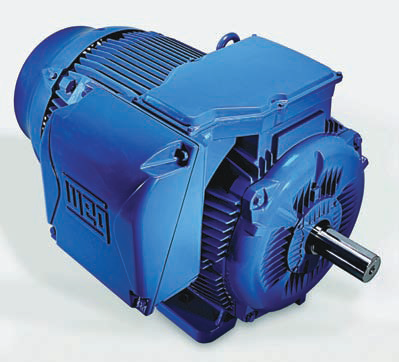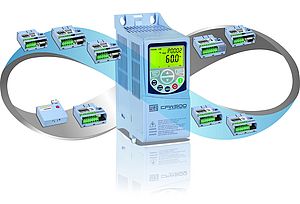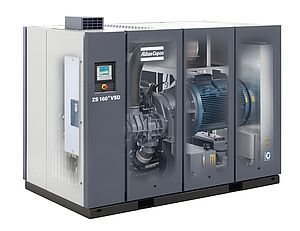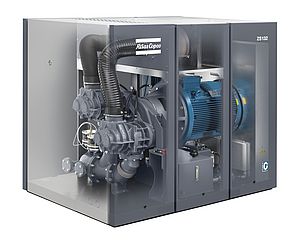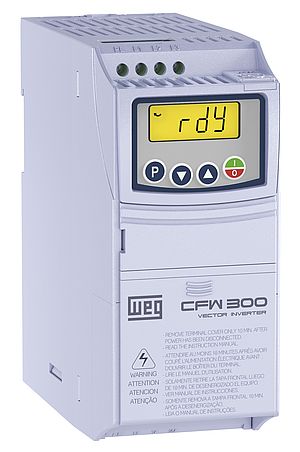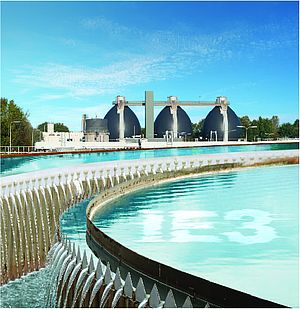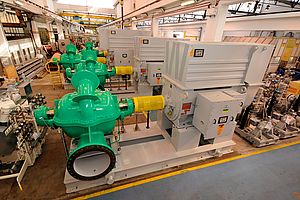Covering electric motors in the range 0.75kW to 375kW, the new directive replaces the voluntary agreement on motor efficiency standards that has existed since 1998 between the European sector com¬mittee for electric drive systems CEMEP and the European Commission from 1998.
Central to the new directive is IEC 60034-30:2009, a new harmonised IE (International Efficiency) standard that will replace the current voluntary EFF labelling scheme (EN 60034-2:1996), July 2011. Under the new IE classifications, the present EFF2 standard efficiency classification becomes IE1; EFF1 high efficiency becomes IE2; and IE3 is a new classification for premium efficiency.
The new more rigorous testing regime stipulated in EN 60034-2-1 will change the efficiency on-paper of some existing motors; this is due to the method of measurement for stray load losses (SLL). Manufacturers are allowed to use one of two methods: Direct Measurement (which involves calculation of the input power based on voltage and current and output power based on speed and torque) or Indirect Measurement (which involves measuring the input power and then calculating the output power on the basis of the losses within the motor).
The current proposal is that the new efficiency directive will be introduced in three stages, between 2011 and 2017. From 2011, the directive will prohibit the sale of motors below standard IE2 efficiency; it will allow only highly efficient IE3 motors for certain larger applications from 2015, and for all applications from 2017. Despite the obvious benefits that it will bring, one question that hangs over the new directive – in common with all measures that deal with carbon reduction – is it going far enough?
The question is justified on two counts; ATEX motors are excluded from the directive, and the upper limit for the IE classification is only 375kW. Of the two, the omission of ATEX motors is probably the more serious, because larger motors are intrinsically more efficient. Regarding the ATEX question; there has undoubtedly been a major increase in the number of hazardous areas in industry over the last decade and a commensurate increase in the number of ATEX motors employed as aresult. In addition, because of the nature of the environments in which they are used, ATEX motors tend to operate continuously, consuming large amounts of energy. In view of this, it is to be hoped that the omission of ATEX category motors will be re-addressed over the implementation timescale of the new directive.
The W22 range of motors is well placed to meet all user demands for motors to the new IE standard. This preparedness is the result of continuing development programme for high efficiency motors, with the latest products already in operation in parts of the world that have higher energy efficiency standards than Europe. The W22’s energy efficient range reduces losses by between 10% and 40% compared with typical motors. The range comprises three product categories, each designed to exceed there quirements of the new IE1 (Eff2), IE2(Eff1) and IE3 (Premium) efficiency classes. A key part of this improvement in energy use is the W22’s new and aerodynamic frame which increases airflow and reduces operational temperatures. Another major advantage of the W22 range is that it is already available in standard IEC frame sizes for the IE3 rating.


